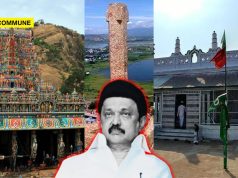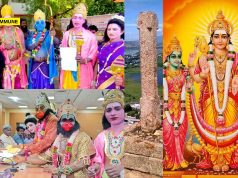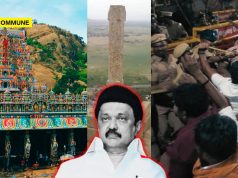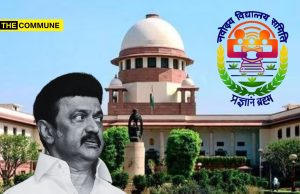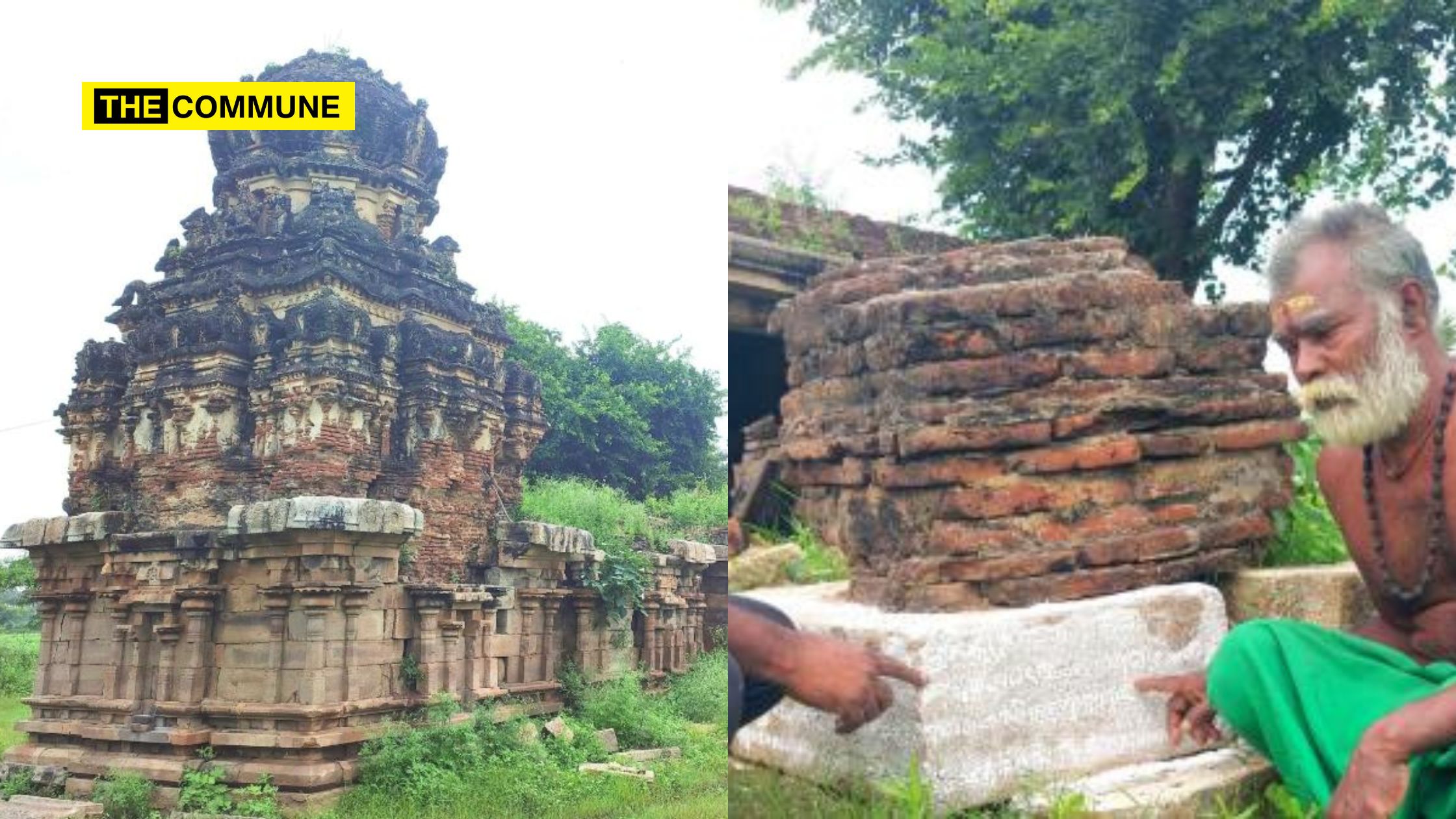
The saying that “Tamil Nadu’s rich culture is embedded deep within its ancient Hindu temples” has been recently validated by the Ramanathapuram Archaeological Research Foundation with the uncovering of two 13th-century Pandya period inscription fragments at the Kallikottai Shiva temple in the Ramanathapuram district.
V. Rajaguru, president of the research foundation, discovered the new fragmentary inscriptions while examining the crumbling Kallikottai Shiva temple. An archaeological team led by Amarnath Ramakrishna had previously documented six fragmentary inscriptions at the Shiva shrine and one at the Amman shrine. The newly found inscriptions are located in the basement of the ruined Mukhamandapa of the Shiva shrine, with one fragment on the side of the Jagathi and another on top, Rajaguru reported on Monday.
Rajaguru explained, “These inscriptions date back to the 13th century and are from the Pandya dynasty, one of two-line inscription refers to Srikomarapanmarana Tribhuvana Chakravathi, who might be Maravarman Sundara Pandya I.” Another four-line inscription details a levy of half a ‘kalam’ (a measurement unit) collected in Aippasi kuruvai and (sandhi) Vigrakaperu, mentioning Mizhalai Kootram and Thirukanapper Kootram.
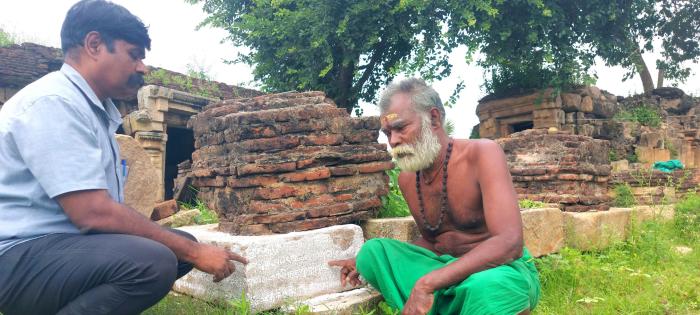
The inscriptions suggest that these records are from the reign of Maravarman Sundara Pandya I, particularly in the context of his opposition to Kulothunga Chola III’s attempts to conduct Veerabhishekam in the Pandya region, which led to conflicts at Mattiyur and Kallikottai.
An inscription from 1538 AD at the Amman shrine refers to the village as Nadamangalam, also known as Sundarathol Nallur, and the deity as Nainar Thavachakravartheeswaramudaiya Nainar. Additionally, small sculptures of Narthana Ganapathy, Lord Muruga, and Lakulisa Pashupatha in a standing posture were found carved on the half-pillars of the Amman shrine. The sculpture of Lakulisa Pashupatha with four hands is particularly rare, as most such figures are depicted seated.
The Golaki Mutt, a sect of Pasupatha, Lakulisha Pasupatha, and Kalamukha, which was involved in teaching monks in Saiva monasteries, was associated with this ancient temple. A fragmentary Pandya inscription mentions the Golaki Mutt, including its preceptors and disciples. It is likely that Maravarman Sundara Pandya I built the Pallipadai temple after the Pandya-Chola war. Based on these findings, Rajaguru has urged the HR&CE Department to renovate and preserve the temple, emphasizing its significance in the history of the Pandya and Chola dynasties.
Unfortunately, many ancient temples today are in disrepair, with trees and bushes encroaching upon their structures and causing further damage. Maintenance largely relies on a few local devotees, as the HR&CE department, responsible for their administration, has not taken sufficient steps to preserve these cultural treasures. This is despite the department’s claims, often highlighted by the minister, of having conducted numerous kudamuzhaku and kumbabhishekam ceremonies.
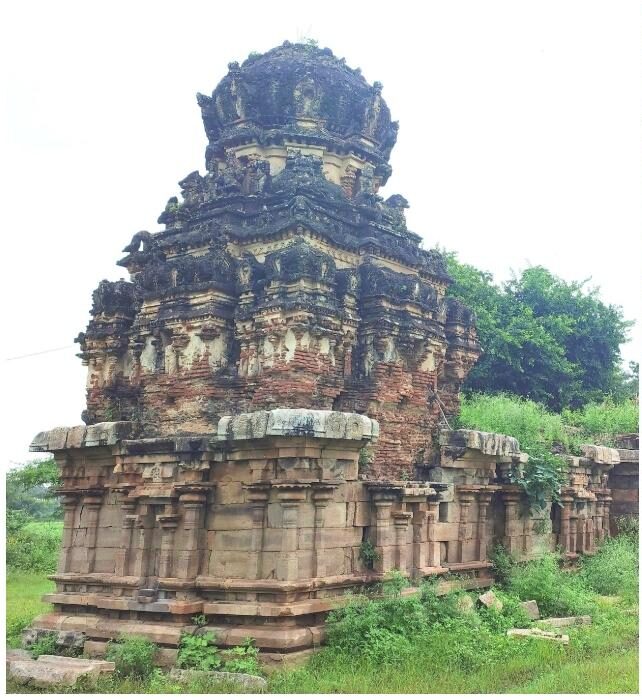
(With inputs from DTNext)
Subscribe to our Telegram, WhatsApp, and Instagram channels and instantly get the day’s best stories.

